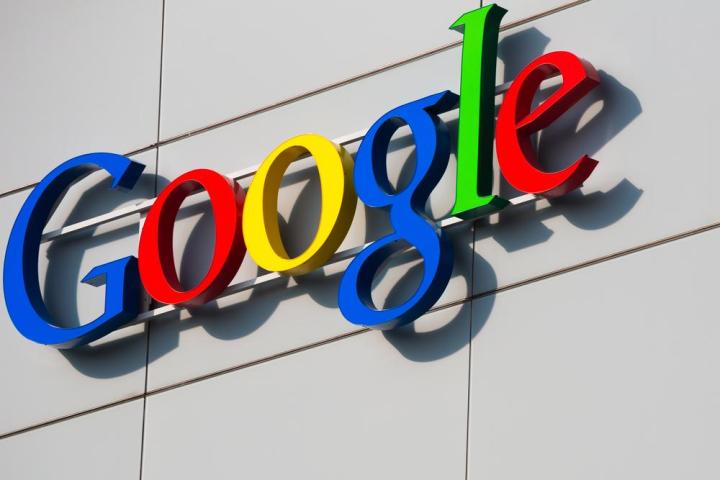
Google has launched an online form allowing Europe-based Web users to request the removal of search engine results that link to sites containing information about them.
The move comes following a recent ruling by Europe’s highest court giving European citizens the “right to be forgotten” if search results are deemed to be “inadequate, irrelevant or no longer relevant, or excessive in relation to the purposes for which they were processed.”
The form, which you can check out here, asks for various details from the person submitting the removal request, including the URLs they want removed, together with an explanation on why the information on the URLs in the search results is considered to be “irrelevant, outdated, or otherwise inappropriate.”
To prevent abuse of the service, the Web company also requires ID verification in the form of a valid driver’s license or national ID card.
“In implementing this decision, we will assess each individual request and attempt to balance the privacy rights of the individual with the public’s right to know and distribute information,” Google explains. “When evaluating your request, we will look at whether the results include outdated information about you, as well as whether there’s a public interest in the information – for example, information about financial scams, professional malpractice, criminal convictions, or public conduct of government officials.”
The company said it’s still working to finalize the procedure for link removals, and currently offers no information on how long it’ll take for a decision to be made on requests.
To clarify, Google will only be removing relevant results from its search engine listings – it has no power to remove the actual content from the Web.
The company had earlier described the European court’s May 13 ruling as “disappointing.” In an interview with the Financial Times, Google CEO Larry Page said the decision could be damaging in the long run, warning that innovation could be stifled as regulation of the Internet increases.
He said he fears the ruling will be “used by other governments that aren’t as forward and progressive as Europe to do bad things,” adding, “Other people are going to pile on, probably…for reasons most Europeans would find negative.”


